The Polish city of Poznań offers a number of interesting Enigma sights. Now, a new one is planned: an Enigma information center. Suggestions from my readers on how this place might look like are highly welcome.
The breaking of the Enigma in World War II and in the years before is one of the most fascinating chapters in crypto history. It all began when in 1929 the three mathematics students Marian Rejewski, Henryk Zygalski, and Jerzy Różycki from the University of Poznań, Poland, were chosen to work as codebreakers for the Polish cryptography unit Biuro Szyfrów.
Three years later the three managed to break the Enigma. They developed techniques for the regular decryption of messages, which were applied with great success. Five weeks before the German invasion of Poland in 1939, Rejewski and his colleagues presented their achievements to French and British intelligence officers. The British used this information to break hundreds of thousands of Enigma messages throughout the war.
Today, Rejewski, Zygalski, and Różycki are national heroes in Poland. Especially in Poznań, where they went to university, they are highly regarded.
Last weekend I had the chance to travel to Poznań. Of course, I took the chance to take a look at the memorial dedicated to the three codebreakers. It is located next to the castle (it is, of course listed in the Cryptologic Travel Guide made by Christian Baumann and me).
The people on the photograph are Paul Reuvers (Crypto Museum), Marek Grajek (leading Polish Enigma expert and book author), me, and Marc Simons (Crypto Museum). Next to the memorial there’s a cabin in the shape of an Enigma.
Inside this cabin a few tables and monitors provide information about the Enigma and other crypto systems.
A few hundred meters away another memorial dedicated to the three mathematicians is located in a university building (Collegium Minus).
Jerry McCarthy has provided me the following transcription:
From there, Marek took us to a Poznań office building, where a temporary Enigma exhibition is taking place:
Marek, who is the leading expert on the Polish Enigma history, showed us around. He did a great job. It showed that he used to work as a tourist guide.
Following the Poznań tour on Sunday, the four of us attended an Enigma conference on Monday (organised by the Ministry of Foreign Affairs and the Greater Poland Voivodeship). We all gave presentations (mine was about the history of encryption machines before the Enigma). The following picture shows another speaker, Dr hab. Wojciech Guzicki, a Polish crypto expert.
During my stay in Poznań I learned that there are plans for another place dedicated to the Enigma, a so-called Enigma Center. The Enigma Center, which will be located in downtown Poznań, shall showcase information about the Enigma and its history. However, it will not be a museum, as there will be no artefacts on display. Instead, the Enigma Center shall provide multimedia visualisations, games, challenges, interactive objects, and similar exhibits.
Marek, who is the curator of the Enigma Center, is still open for suggestions. So, if you have an idea on how to present the Enigma or other crypto concepts in an attractive way, please leave a comment. Especially, the exhibits in the Enigma Center shall be interesting for children and young people. Marek and I are looking forward to suggestions from my readers.
Follow @KlausSchmeh
Further reading: New improvements in Enigma cryptanalysis
Linkedin: https://www.linkedin.com/groups/13501820
Facebook: https://www.facebook.com/groups/763282653806483/

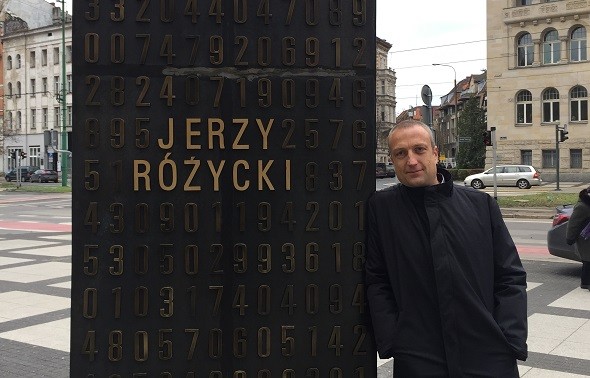
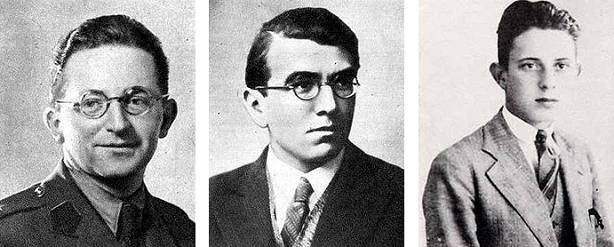
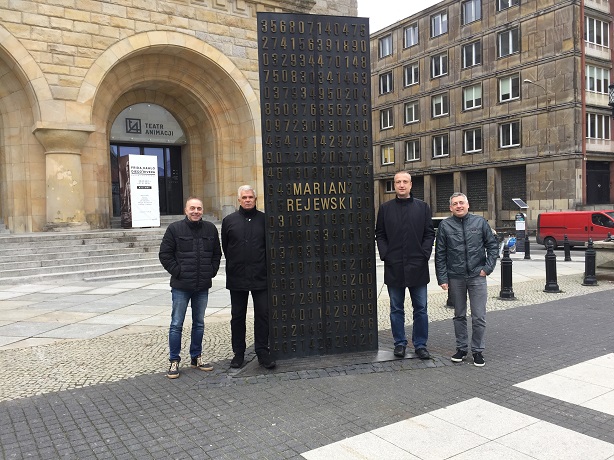
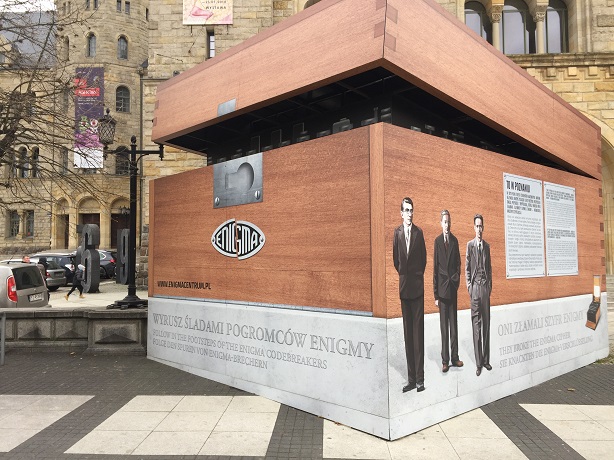
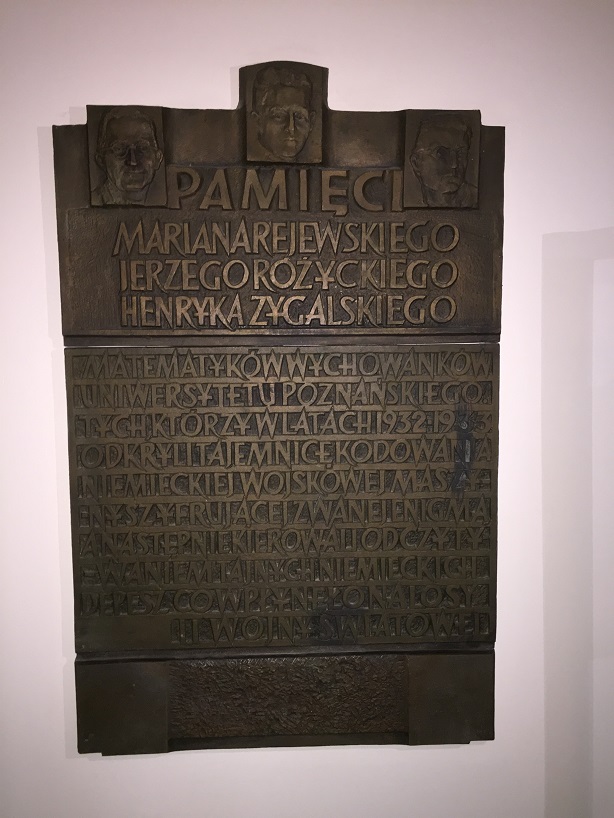

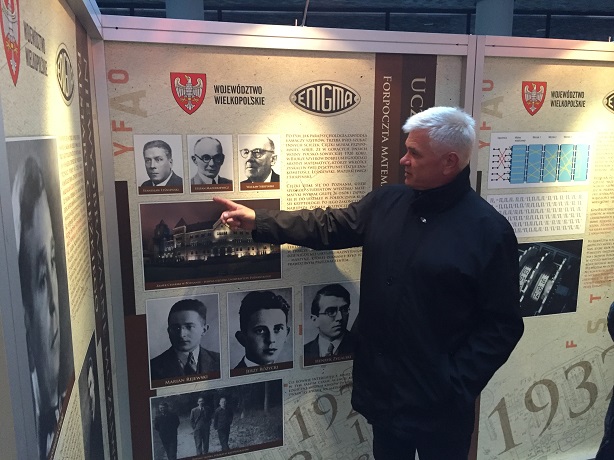
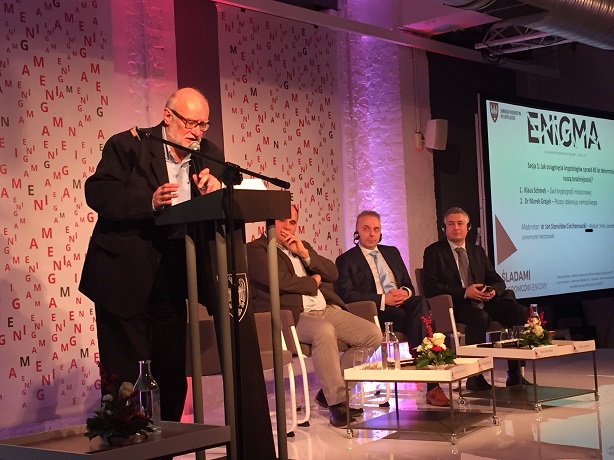

Kommentare (5)